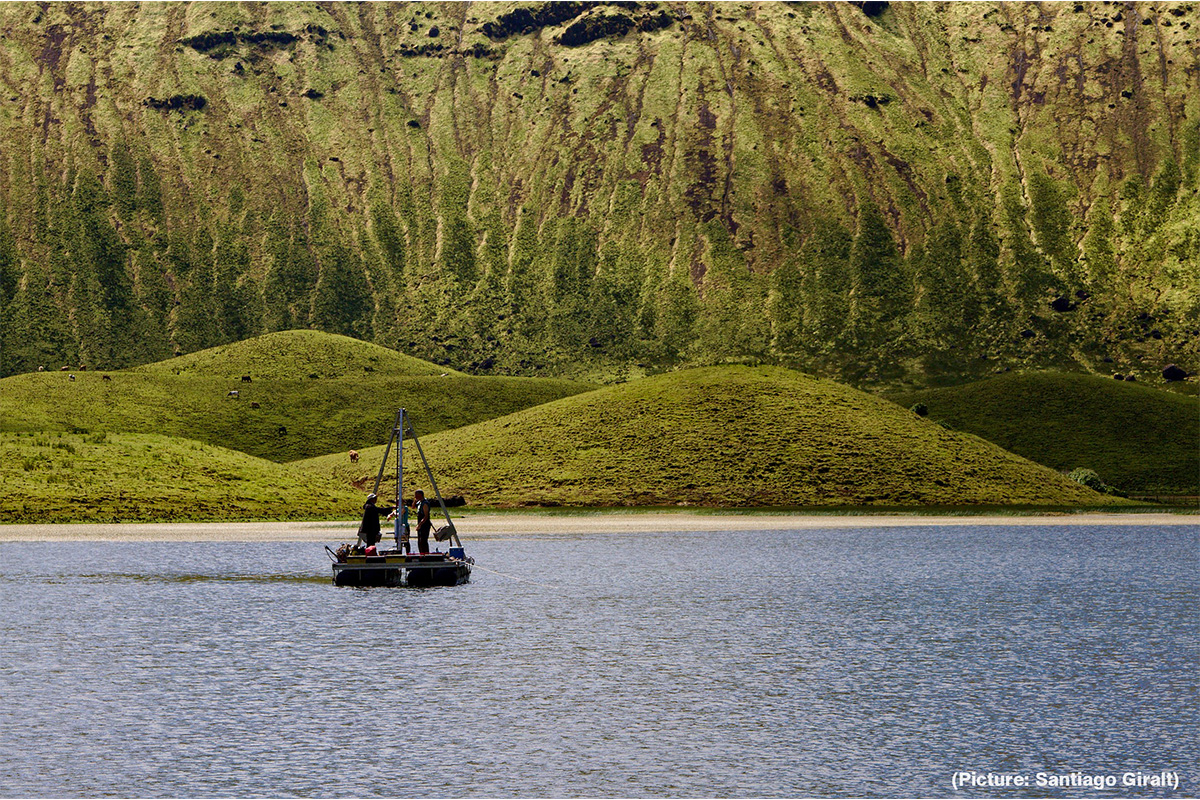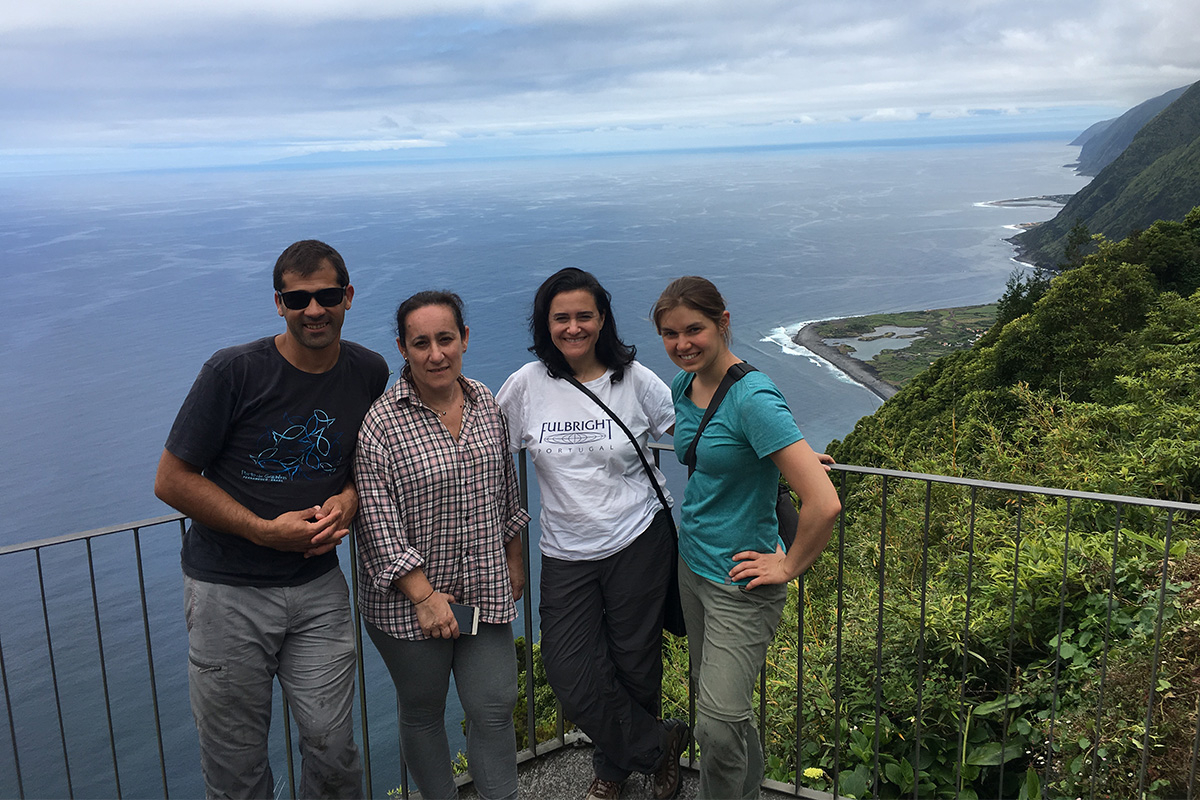The colonization of the Azores began 700 years prior to Portuguese arrival
- New study with the participation of the Spanish Research Council (CSIC) reconstructs the conditions under which the Azores were inhabited for the first time and the negative impact of human settlements on its ecosystems
- The study suggests that the early settlers came from northern Europe

First settlements
By analyzing sediment cores recovered from several lakes on the islands the impacts of the first human settlements on the ecosystems were recorded. The authors of the study suggest that the first settlers came from northern Europe, and that their arrival occurred in conjunction with favorable climatic conditions to allow sailing towards these volcanic islands, which are located some 1,450 km from the European coast.
Until recently, the consensus had been that the Azores were not colonized until the arrival of the Portuguese while searching for new routes to Asia. According to historical sources, the Portuguese first arrived at Santa Maria Island in 1427 CE, and reached the islands of Flores and Corvo in 1452 CE. However, the present study determines that humans first occupied these islands at the end of the Early Middle Ages, between 700 and 850 CE.
According to Santiago Giralt, a researcher at Geosciences Barcelona (Geo3BCN-CSIC) and co-author of the article: “This study highlights that, even with abundant available historical information allowing us to have a very accurate picture of the past, it is necessary to foster interdisciplinary research, among the Humanities and Natural Sciences, to fully understand our history.”
Identifying mammals
By using geological, chemical, physical, and biological analytical techniques, the researchers dated and characterized five sediment cores recovered from the lakes of the islands of Sao Miguel, Pico, Terceira, Flores, and Corvo. The researchers found both sterols—which make up a fraction of the organic matter abundant in mammal feces—as well as coprophilous fungal spores in the sediment samples, which were used as indicators of human activity related to the introduction of livestock.
“Fecal sterols and stanols are produced in great abundance in the intestinal tracks of mammals and are well-preserved in lake sediments, providing a unique and unambiguous tracer of the presence of large mammals during past time intervals”, says Timothy Shanahan, researcher from the University of Texas and co-author of the study. “Furthermore, the compounds (such as coprostanol and stigmastanol) produced in the guts of humans and livestock differ, allowing us to distinguish between them ”.
“Due to its geographical location, in the middle of the Atlantic Ocean, large mammals were not present in the Azores Islands”, says Giralt. “Therefore, finding conprophilous fungal spores and coprostanol in the sediments can be attributed to human presence, and finding stigmastanol can be attributed to ruminants, such as cows, sheep, or goats.”
Pollen, fossils, and charcoal analyses
Researchers also used other proxy-based indicators, such as pollen, plant macrofossils, and charcoal particles, to investigate the human impacts on the island's environment “As we demonstrate in this work, early human settlement on the islands led to a profound environmental and ecological disturbance. Although official documentary sources described the Azores as heavily forested and pristine, this study challenges the idea on solely relying on the historical record to identify relative states of ecosystems or landscape disturbances”, says Pedro Raposeiro, a researcher from the University of the Azores and lead author of the study.
The researchers also conducted climate simulations to better understand the climate conditions during the initial occupation of the archipelago. According to these models, and previously published archeological and genetic studies, the authors of the study suggest that the Norse were most likely the earliest settlers of the Azores. These Viking explorers found favorable climatic conditions, which permitted them to sail towards the archipelago during a period of anomalous northerly, and weakened, westerly winds, facilitating the arrival from northern Europe.
“Because of the Earth’s rotation, westerly winds are dominant in the Atlantic Ocean, which are reinforced or weakened depending on the NAO (North Atlantic Oscillation), the main climate mode that controls the atmospheric circulation in the Northern Hemisphere. The NAO is modulated at the same time by the East Atlantic pattern, which controls the intensity of the northerly winds”, explains Giralt.
Publication
Raposeiro et al. Climate change facilitated the early colonization of the Azores Archipelago during Medieval times. PNAS. DOI: 10.1073/pnas.2108236118.
